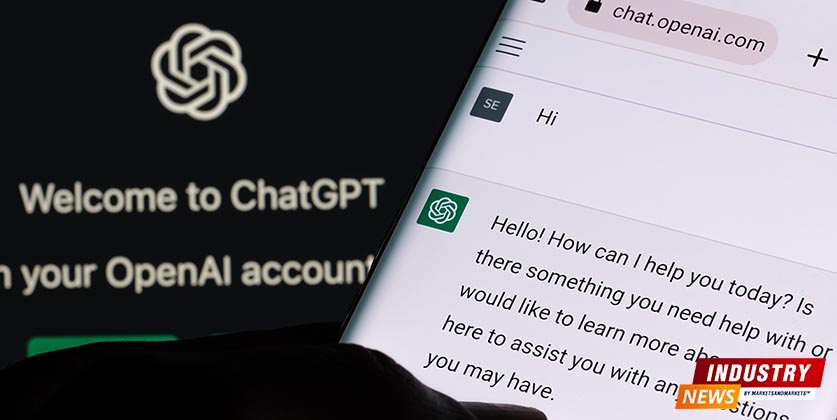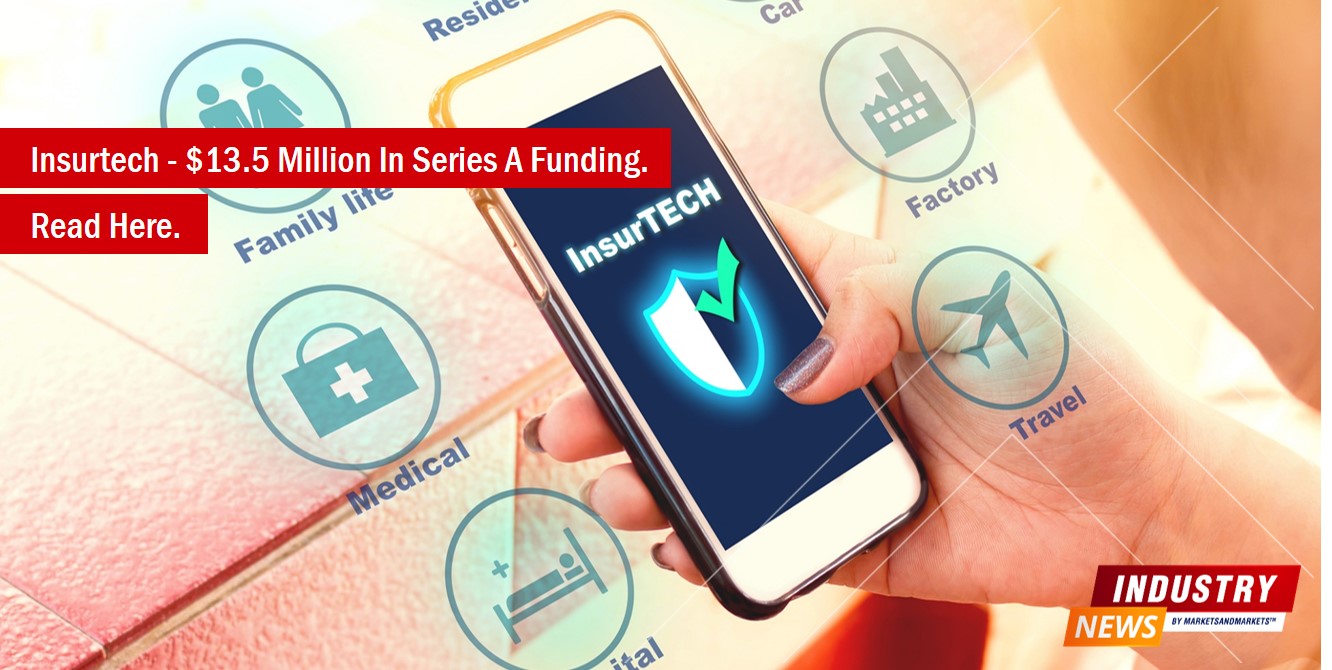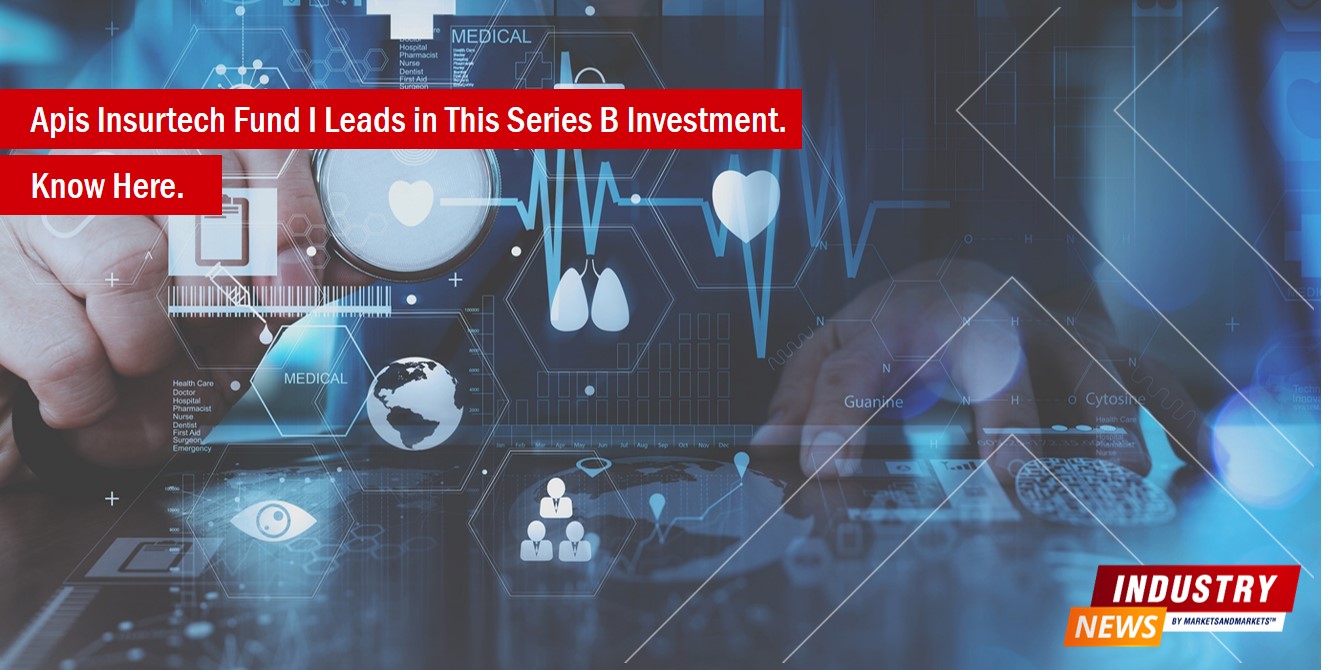Generative AI’s Role in Research and Development

This News Covers
- Generative AI's Impact on Research and Development
- Impact of Generative AI on Medical Research
- Impact of Generative AI on Statistical Research
- Impact of Generative AI on Software Developmen
- Impact of Generative AI on Hardware Development
Generative AI's Impact on Research and Development
Generative AI, a branch of artificial intelligence that employs machine learning algorithms to produce new data outputs within set parameters, is having a profound impact on Research and Development (R&D) across numerous sectors. From pharmaceuticals to technology and even the creative arts, this technology is reshaping the R&D landscape. It is doing so by accelerating the pace of innovation, reducing associated costs, and improving overall efficiency.
In the realm of innovation, Generative AI has the ability to generate a wide array of possibilities based on initial input data. This allows researchers to explore solutions and ideas that may not have been previously considered. For example, in the field of drug discovery, AI can generate new molecular structures, thus expediting the process of identifying potential drug candidates. Moreover, Generative AI is significantly reducing the costs associated with traditional R&D processes. By automating parts of these processes, such as product design where AI can generate multiple design options based on given parameters, the time and resources spent on manual design iterations are significantly reduced.
Generative AI also enhances efficiency by analyzing and learning from vast amounts of data at a speed that far surpasses human capabilities. This leads to more efficient R&D processes as AI can identify patterns and trends in data that may be overlooked by human researchers, resulting in more accurate results and predictions. Furthermore, it facilitates personalization in industries like retail and technology, where it is used to develop products and services tailored to individual preferences. In sectors like energy and agriculture, Generative AI promotes sustainability by developing solutions such as optimal energy grid designs based on factors like energy consumption and weather patterns. In conclusion, as Generative AI continues to evolve, its impact on R&D is expected to expand, leading to more breakthroughs and advancements across various fields.
Impact of Generative AI on Medical Research
Generative AI is making significant strides in the healthcare sector, addressing challenges such as rising healthcare costs, a fragmented system, struggles with health information exchange and interoperability, and limited access to care. Here are some real-world examples since May 2023:
- Conversational AI Apps for Patients: Ada is a doctor-developed symptom assessment app that offers medical guidance in multiple languages. Optimized with the expertise of human doctors, Ada utilizes AI to support improved health outcomes and deliver exceptional clinical excellence.
- AI Applications for Early Detection of Diseases: SkinVision is an app for early detection of skin cancer. With its regulated medical service, AI technology, and expert input, it teaches users to self-examine, understand risks, and address immediate concerns.
- AI for Accessibility: Be My Eyes is an AI app designed for visually impaired individuals that harnesses the power of GPT-4 to convert images into text instantly. Users can send images through the app for immediate identification, interpretation, and conversational visual assistance.
- AI for Patient Interactions and Support: Hyro is a conversational AI designed specifically for health systems to enhance patient engagement and address staffing challenges. With HIPAA-compliant conversational AI, users can automate common interactions, scale operations, and overcome staffing shortages.
- AI for Medical Product Development and Design: Uizard leverages AI for quickly and easily prototyping various digital products such as apps and landing pages. With its intuitive interface, it greatly simplifies the once manual design process.
- AI-Generated Media for Enhanced Medical Training and Simulation: Pedal is an AI-driven platform that helps with better decision making in oncology. With a biobank of 150,000 tumor samples across 137 cancer types, the platform predicts drug responses with unmatched precision.
Impact of Generative AI on Statistical Research
Generative AI has shown explosive growth in the field of statistical research. According to the latest annual McKinsey Global Survey on the state of AI, one-third of the survey respondents reported that their organizations are using generative AI regularly in at least one business function, less than a year after many of these tools debuted.
One of the key findings from the survey, which was conducted in mid-April 2023, is that despite generative AI's nascent public availability, experimentation with the tools is already relatively common, and respondents expect the new capabilities to transform their industries. Seventy-nine percent of all respondents reported that they've had at least some exposure to generative AI, either for work or outside of work, and 22 percent said they are regularly using it in their own work.
Furthermore, 40 percent of those reporting AI adoption at their organizations said their companies expect to invest more in AI overall, thanks to generative AI. This suggests that organizations are pursuing these new tools where the most value is. In fact, three-quarters of all respondents expect generative AI to cause significant or disruptive change in the nature of their industry's competition in the next three years.
However, the survey also revealed that few companies seem fully prepared for the widespread use of generative AI or the business risks these tools may bring. Just 21 percent of respondents reporting AI adoption said their organizations have established policies governing employees' use of generative AI technologies in their work.
Impact of Generative AI on Software Development
Generative AI has been a transformative force in the software development landscape, with several tech giants and startups alike leveraging its capabilities to redefine traditional coding practices. Here are some real-world examples from 2023:
- GitHub Copilot & Other AI Coding Tools: Tools like GitHub Copilot, Amazon CodeWhisperer, ChatGPT, and Tabnine have gained traction, assisting developers in automating mundane tasks.
- Augmend's Accelerated Development: Diamond Bishop, CEO of Augmend, emphasized that AI tools like Copilot and ChatGPT have nearly doubled their team's productivity. These tools are invaluable for startups, especially when developers need to wear multiple hats.
- Redfin's Efficient Engineering: Bridget Frey, CTO at Redfin, highlighted the use of LLM models, including ChatGPT, for tasks like code migration and understanding legacy code. These tools have reduced task completion times from 30 minutes to just one minute.
- Outbound AI's Narrative Summaries: Jonathan Wiggs, CTO at Outbound AI, mentioned leveraging GPT to write summaries of phone calls made by their AI-powered virtual agents. GPT's efficiency in this task rivals that of experienced human workers.
- Armoire's Enhanced Coding: Laura Butler, CTO at Armoire, discussed the benefits of GitHub Copilot in generating boilerplate for unit tests. She emphasized the need for AI tools in documentation and brainstorming to aid engineers.
- Highspot's Co-pilot Engineering: John Zhang, VP of engineering at Highspot, shared the benefits and limitations of using generative AI as a 'co-pilot' for engineering, emphasizing its time-saving capabilities.
- Pioneer Square Labs' AI Coding "Intern": Kevin Leneway, a principal software engineer, created an AI coding "intern" named Otto using GPT-4. Otto interacts with existing development and communication workflows, taking on roles like project management and design. Leneway's experience with Otto rejuvenated his passion for coding, reminiscent of his early days with the Commodore 64.
Impact of Generative AI on Hardware Development
Generative AI is revolutionizing the hardware development industry by optimizing product development cycles, adding new features to existing products, and creating new AI-based products. Here are some examples since May 2023:
- AI for Product and Service Development: AI high performers, organizations where respondents say at least 20 percent of EBIT in 2022 was attributable to AI use, are using generative AI in more business functions than other organizations do, especially in product and service development and risk and supply chain management. They are using AI more often than other organizations in risk modeling and for uses within HR such as performance management and organization design and workforce deployment optimization.
- AI for Business Innovation: AI high performers are twice as likely as others to say their organizations' top objective for generative AI is to create entirely new businesses or sources of revenue. They're most likely to cite the increase in the value of existing offerings through new AI-based features.
- AI for Budget Optimization: Respondents from AI high performers are more than five times more likely than others to say they spend more than 20 percent of their digital budgets on AI. They also use AI capabilities more broadly throughout the organization.
- AI for Operational Efficiency: AI high performers more often report embedding knowledge graphs in at least one product or business function process in addition to generative AI and related natural-language capabilities.
These examples demonstrate how generative AI is being leveraged in the hardware development industry to drive innovation, optimize budgets, and enhance operational efficiency.
GET AHEAD
Top Research Reports to Fuel Your Industry Knowledge- Artificial Intelligence (AI) Market by Offering (Hardware, Software), Technology (ML (Deep Learning (LLM, Transformers (GPT 1, 2, 3, 4)), NLP, Computer Vision), Business Function, Vertical, and Region - Global Forecast to 2030
- Research Antibodies & Reagents Market by Product (Antibodies (Type, Form, Source, Research Area), Reagents), Technology (Western blot, Flow Cytometry, ELISA), Application (Proteomics, Genomics), End User (Pharma, Biotech, CROs) & Region - Global forecast to 2028
Editor's Pick


Information and Communication Technology
Insurtech Funding News - Coverdash raises USD 13.5 Million
PODCASTS

Sustainable Digital Transformation & Industry 4.0
Sanjay Kaul, President-Asia Pacific & Japan, Cisco, and host Aashish Mehra, Chief Research Officer, MarketsandMarkets, in conversation on unraveling 'Sustainable Digital Transformation and Industry 4.0'
11 July 2023|S2E12|Listen Now

Generative AI
Prasad Joshi, Senior Vice President-Emerging Technology Solutions, Infosys, and host, Vinod Chikkareddy, CCO, MarketsandMarkets, in exploring the recent advances in AI and the generative AI space.
7 Nov 2023|S2E13|Listen Now
Generative AI Market
Download Whitepaper
AI Efficient R&D Processes
AI can identify patterns and trends in data that may be overlooked by human researchers, resulting in more accurate results and predictions.
Pedal is an AI-driven platform that helps with better decision making in oncology. With a biobank of 150,000 tumor samples across 137 cancer types












